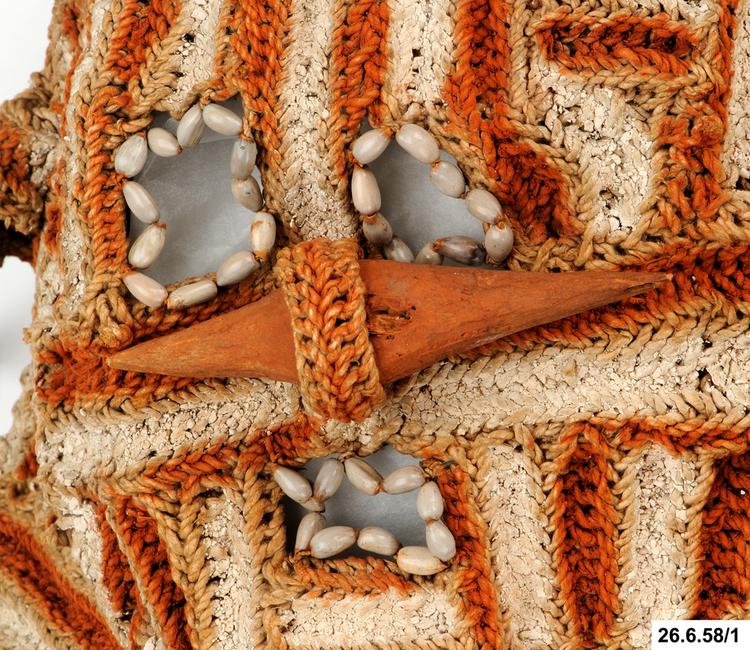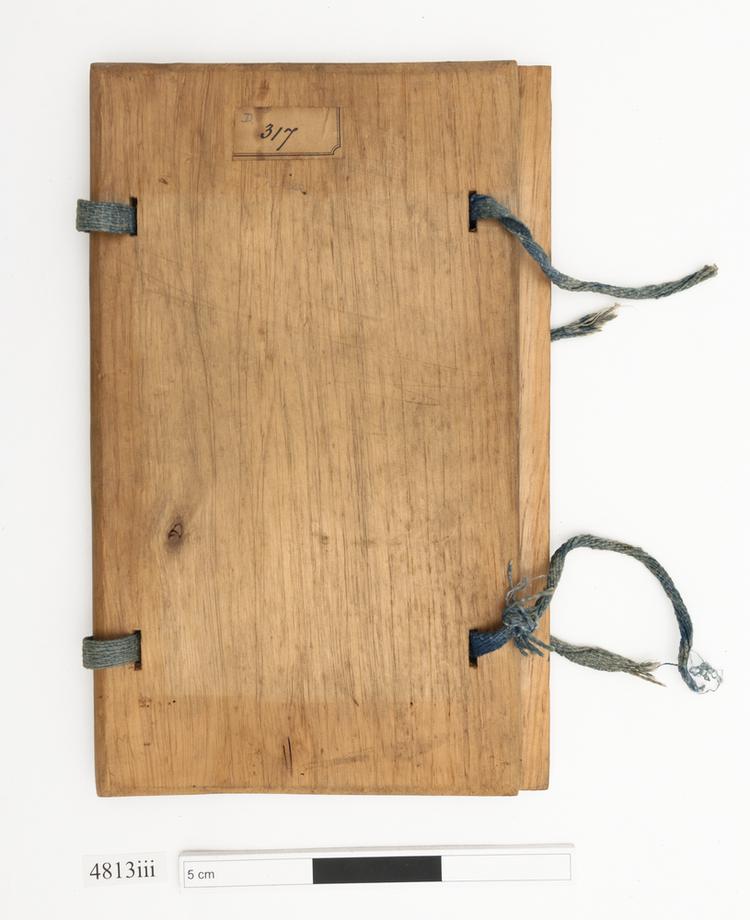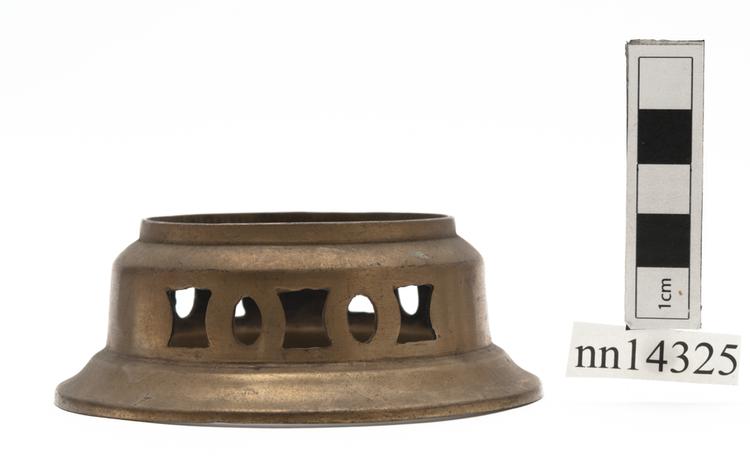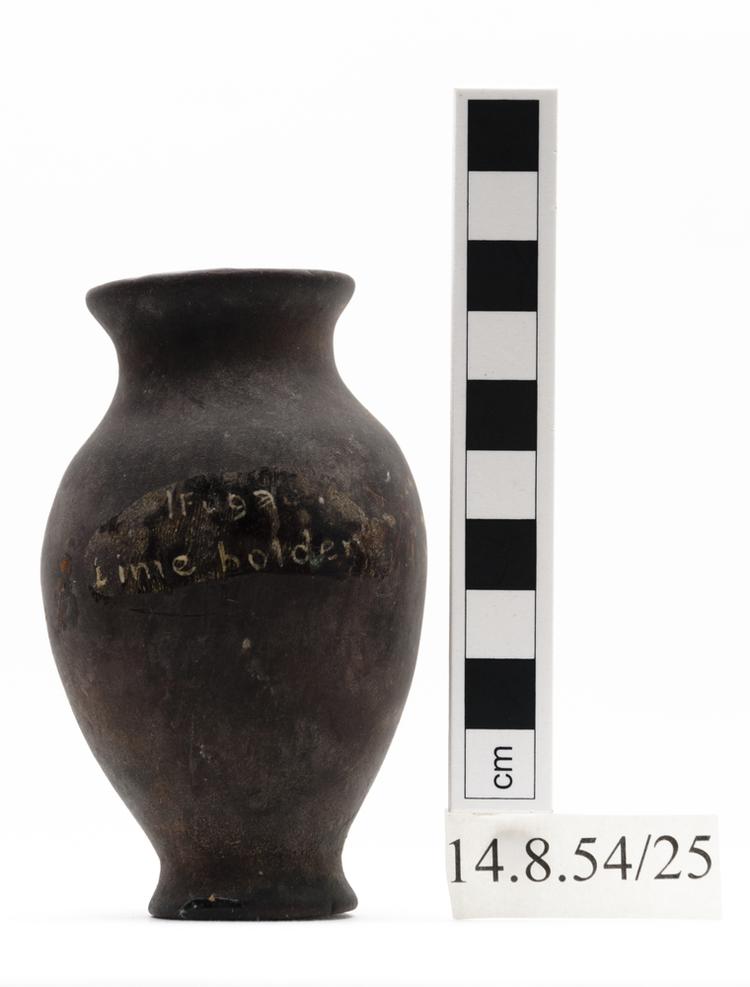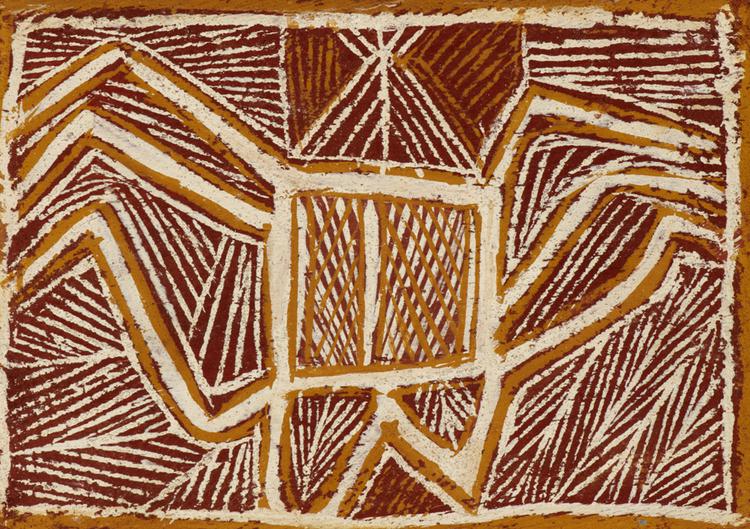
Painting on a small rectangle of wood, stained reddish-brown on which is painted in white and light brown, a six-legged creature (?) on a background of white lines forming a rough herring-bone pattern.
This painting shows a section of a pattern most likely used in body painting for ceremony. Fine cross-hatching similar to rarrk are painted over a red-brown background. As this work circulates beyond the cultural owners we can assume that the pattern is suitable for ‘outside’ viewers. It may hold significance to initiated people who would have access to the ‘inside’ or ‘inner’ meanings. 'A particular ceremony design is painted on the chest and thighs of participants and this communicates the power of ancestral beings'. (Kleinart and Neale, 2000 The Oxford Companion to Aboriginal Art and Culture p.115) The painting was collected from Umbakumba village on Groote Eylandt in the Gulf of Carpentaria, which was established in 1938. Anindilyakwa is the term in current usage for the people, noted as an alternative to Ingura.



